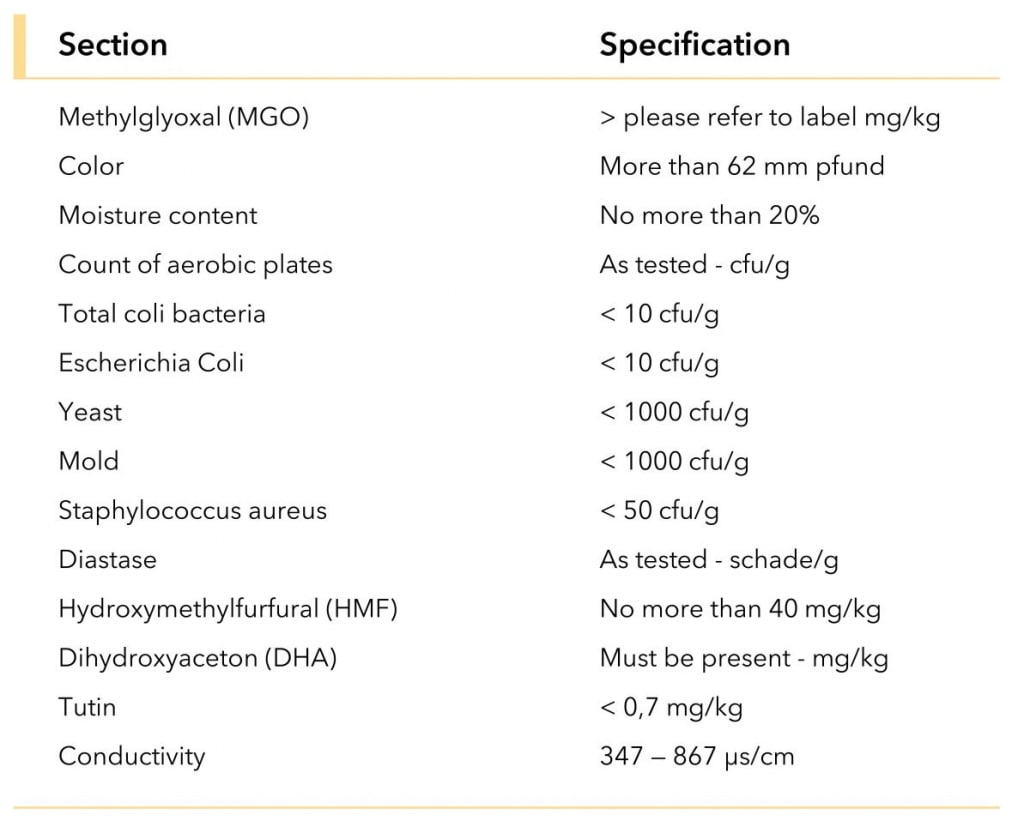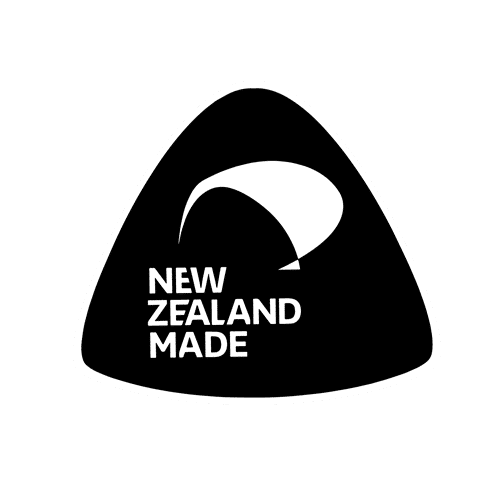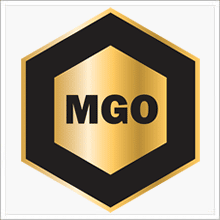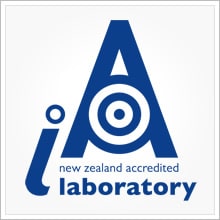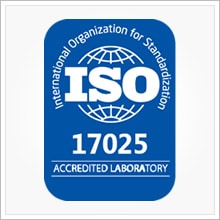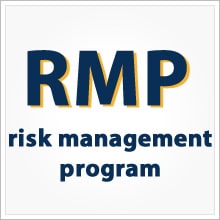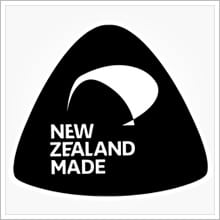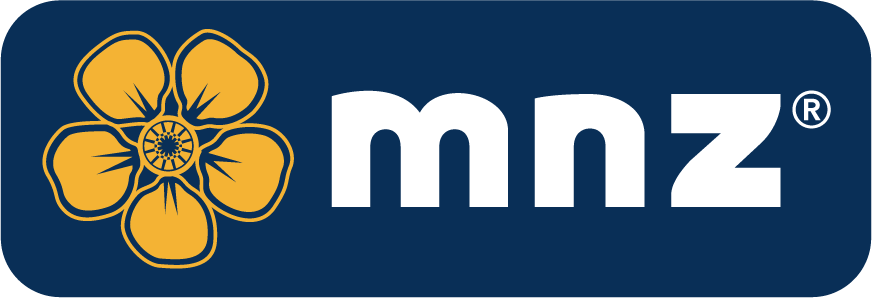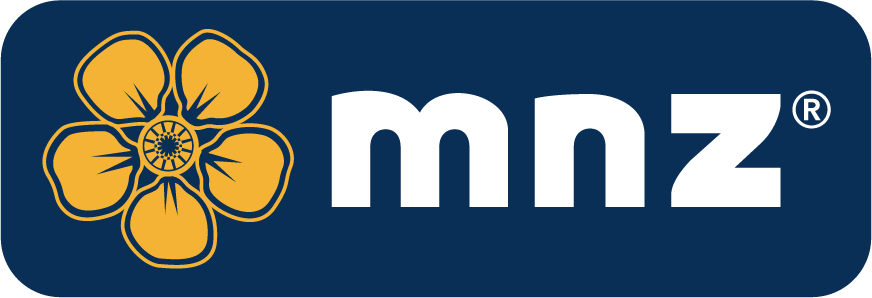MNZ only processes raw, monofloral manuka honey that is extracted from its own beehives or from external beekeepers from all over New Zealand. The honey is processed, packaged and labeled in the processing facility of MNZ in New Zealand.
All honey barrels undergo a reception process upon arrival at the processing facility, carrying out visual inspections, taking honey samples and checking the origin documentation of the manuka honey, as required by the New Zealand Ministry of Primary Industries (MPI) – requirements for processing bee products. The certified laboratory tests samples from all vessels. The analysis tests for methylglyoxal (MGO) and dihydroxyacetone (DHA) content, hydroxymethylfurfural (HMF), diastasis, DNA analysis of manuka pollen, moisture content and microbiological parameters, among others. After the reception and quality checks are completed, the honey barrels are stored in the temperature controlled storage of MNZ. The stored barrels are regularly subjected to sampling and testing to check and ensure the quality of the honey.
All of our raw monofloral Manuka honey is tested to ensure that it is genuine New Zealand raw monofloral Manuka honey. We use the MPI definition (Ministry of Primary Industry, New Zealand) for Manuka honey, which was adopted in December 2017. The definition specifies a set of five science-based markers that identify the origin of Manuka honey. These markers must be present to credibly call it New Zealand Manuka honey and only honey that meets the new standards will be certified for export as New Zealand Manuka honey. Chemical test; measure for the presence of 3-Phenyl-lactic acid, 2-Methoxyacetophenone, 2-Methoxybenzoic acid & 4-Hydroxyphenyl lactic acid. In addition, a DNA test is performed to test the DNA of the Manuka pollen.
The processing and packaging of the manuka honey is done in a batch process led by our teams who select the honey barrels with the correct and required quality parameters to ensure that each batch of manuka honey meets the criteria for release of the final product. During processing, the batch of honey is constantly checked for quality, including through visual inspection and analysis by our team. All batches of manuka honey undergo rigorous laboratory testing before release. If necessary, additional samples are sent to external laboratories certified by the New Zealand accreditation body IANZ for analysis. Monofloral Manuka honey must meet the specifications of the Ministry of Primary Industries (MPI) as set out in its guideline document ‘Interim Labeling Guide for Manuka Honey’ of 31 July 2014. The specifications for monofloral manuka honey include the following parameters: color, conductivity , taste, aroma, presence of pollen of the Manuka type and presence of MGO and DHA.
The individual batches of honey are then released and the criteria for release are based on the batch production data and datasheet, the batch test results and the origin documentation. This ensures that the raw, monofloral manuka honey complies with legal and market requirements. Each Batch MGO Manuka Honey must meet the results according to the quality control for that characteristic before the batch can be released. Quality criteria for the release of honey products from MNZ are established and confirmed, including with regard to research and development, regulation and quality assurance.
An analysis certificate is then produced for each batch of honey. The honey product is only released from quarantine for labeling and subsequent shipment when these stringent quality assessment criteria are met. In addition, MNZ participates in the E-Certificate of Official Assurances program, a web application through which the New Zealand government (MPI) issues guarantees to other governments regarding animal and dairy products exported by New Zealand. This e-certificate is included with every shipment of honey to the EU and many other countries that have treaties with New Zealand through the Overseas Market Access Requirements.
Certifications:
RMP – Processing of bee products
IANZ – certified (ISO 17025)
MNZ produces exclusively raw, monofloral manuka honey in BPA-free packaging and is produced, processed and packaged in New Zealand. MNZ produces only raw (raw), unfiltered, unpasteurized monofloral MGO Manuka Honey.
Information from MNZ on pesticides and herbicides related to manuka honey
MNZ operates a strict quality control process that tests all honey for a number of parameters including microbiological elements, toxins, sugars, pollen, moisture, flavor, color and enzyme activity, as required by the MPI. This ensures that all manuka honey entering our packaging facility and all batches that are ready and leave the facility are of the highest quality. In New Zealand, we are also supervised by two government agencies that set rules to protect bees and food resources:
The New Zealand Ministry for Primary Industries (MPI) is responsible for the country’s food safety system; it sets and monitors standards for the food industry. MPI has a national screening program in which MNZ – in addition to our own batch monitoring program – also participates. Section 8.0 of the MPI Consolidated List of Tests for Animal Products provides a detailed description of the chemical residue testing program that also applies to honey (and other animal products such as meat, fish and dairy).
The New Zealand Environment Protection Authority (EPA) protects bees and other pollinators such as moths, butterflies, hoverflies and birds by setting rules on when, how and where to use insecticides. In New Zealand, strict rules have been in place for years regarding the use of a class of insecticides containing neonicotinoids. As an environmental regulator of New Zealand, the EPA has the task of controlling these risks. The Authority does this by setting rules for the use of neonicotinoids including special measures aimed solely at protecting bees.
The most important measure for protecting our raw, monofloral manuka honey is the placement of our wooden beehives: we choose remote, unspoilt locations at a great distance from agricultural land. This minimizes the risk of herbicides and pesticides being present in these locations.
Information from MNZ on raw manuka honey
Just as nature intended: pure, raw, unprocessed, unpasteurized and unheated honey tends to crystallize over time, a natural and beneficial event. Honey is generally a super-saturated sugar solution, containing more than 70% sugars and less than 20% water. Therefore, there is more dissolved sugar than the water content can naturally contain at room temperature. In the warm hive environment (about 35 ° C / 95 ° F) honey sugar is stable in dissolved form, but at lower temperatures honey sugar forms crystals and honey solidifies. Honey crystallization ensures that the rich taste and quality characteristics of honey are preserved. Some honey crystallizes uniformly; some will be partially crystallized and form two layers, with the crystallized layer on the bottom of the jar and aliquid on top. The crystal size varies depending on the type of honey. Some honey form small, uniform crystals and others large, granular. The faster honey crystallizes, the finer the texture will be. Crystallized honey becomes lighter in color and more opaque than the liquid equivalent. This results because glucose tends to drop out of solution and crystallizes first because it has a lower solubility than fructose; these are the two main sugars of honey. Glucose crystals are pure white by nature. Raw Manuka honey is harder than the average honey because of its natural properties.
White residue / crystallization of the raw Manuka honey is typical of raw honey and shows the natural crystallization of the honey. The appearance will immediately return to liquid honey once gently warmed in warm water (max. 35 ° C).
Centrifugation is the traditional way of extracting honey. By this process, the larger pieces of wax are removed and then poured to avoid impurities and the small pieces of wax left in the honey after centrifugation. In this way, a cleaner honey is obtained through a process in which it is not exposed to heat at any time and thereby keeps its natural properties intact.
MNZ produces only raw, unfiltered and unpasteurized monofloral MGO manuka honey.
Characteristics of raw honey
Vitamins, minerals and nutrients remain intact, higher natural enzyme content and high amino acid profile, thicker consistency, slightly grainy texture, incredible aromas and natural flavor profile
The 4 production steps of raw MGO Manuka Honey:
Step 1 uses a cold extraction method (max 35 ° C) to extract the honey from the honeycombs
Step 2 is collecting the honey in large honey barrels
Step 3 is to lightly filter the honey to remove any stray / covering wax and bees
Step 4 is to fill the jars with pure, raw, unprocessed, unpasteurized and unheated Manuka honey
